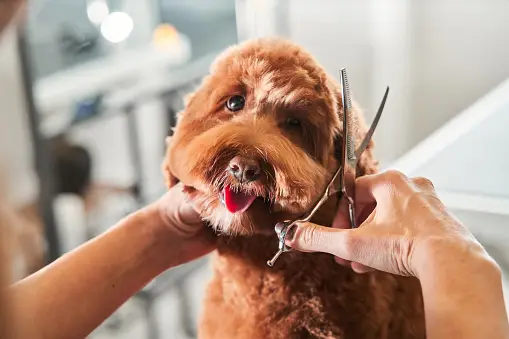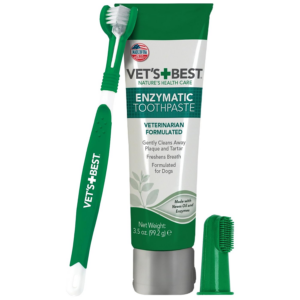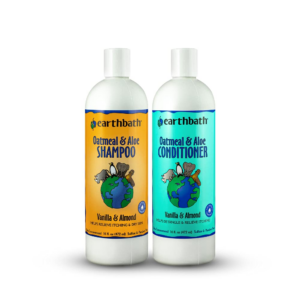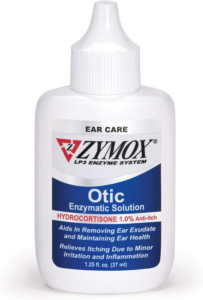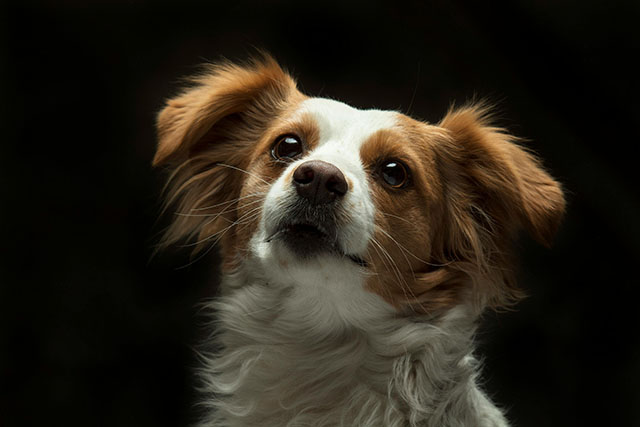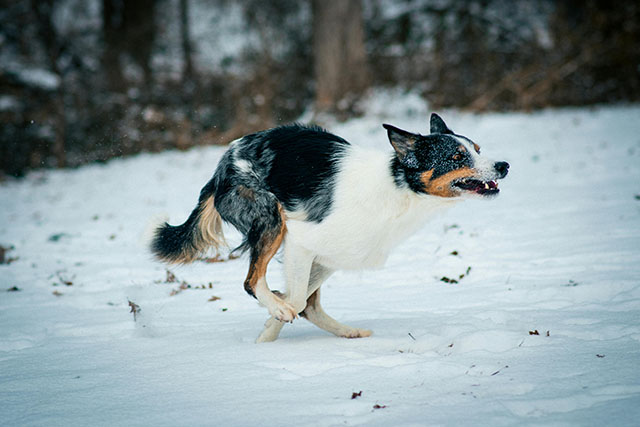Are you the proud owner of a beloved pooch? If yes, then keeping them happy and healthy should no doubt be your priority. A crucial part of every dog’s well-being is making sure they get regular grooming. Not only does it help keep their fur and skin in optimal condition, but it also ensures you avoid any pesky mats or tangles developing that can cause them irritation if left unchecked.
But how do you know what to look for when selecting the best grooming tools? Read on to find out our top tips for choosing the right products – so you and your pup will be set up for a furtastic time!
Is Grooming Essential for Dogs?
Before we delve into the grooming supplies and techniques, let’s address the fundamental question: Is grooming essential for dogs? The short answer is a resounding yes! Pet grooming is crucial for health maintenance activity that go beyond aesthetics:
Maintaining Skin and Coat Health
Regular grooming helps distribute natural oils in your dog’s skin, preventing dryness and itching. It also removes dead hair and minimizes shedding, which can be a relief for both your pet and your furniture.
Preventing Matting and Tangling
For dogs with long or curly hair, matting, and tangling can be painful and even lead to skin issues if left unattended. Grooming ensures that their fur remains tangle-free and comfortable.
Checking for Health Issues
Grooming sessions are an excellent opportunity to check for any unusual lumps, bumps, or skin conditions that might require veterinary attention. Early detection can be lifesaving.
Maintaining Dental Health
Regular brushing of your furry friend’s teeth is essential to their grooming routine. It plays a vital role in preventing costly and uncomfortable dental issues. With Vet’s Best Dog Toothbrush & Enzymatic Toothpaste Kit, made from natural ingredients, you can ensure optimum oral health for your dog. This kit reduces plaque, whitens teeth, and freshens breath and comes with a bonus care guide and finger brush for added convenience. Give your dog the dental care they deserve!
Bonding Time
Grooming sessions provide a chance to bond with your furry companion. It’s a time when trust is built, and your dog learns to feel comfortable with being handled.
What Grooming Supplies Do I Need for My Dog?
Now that we’ve established the importance of grooming let’s dive into the essential tools you’ll need to keep your pup looking and feeling their best:
1. Brushes and Combs
Different dog breeds have different coat types, so choosing the right brush or comb is essential. Slicker brushes are excellent for removing tangles, while bristle brushes work well for short-haired dogs. Double-coated breeds may require an undercoat rake to manage shedding.
2. Shampoo and Conditioner
To prevent skin irritations, it is recommended to use a shampoo and conditioner specifically designed for dogs. The frequency of bathing depends on the breed, with most dogs needing a bath every 1-3 months. The Earthbath Oatmeal & Aloe Shampoo & Conditioner Pet Grooming Set is an excellent option. It relieves itchy and dry skin, is made in the USA, and features a delightful Vanilla Almond scent.
3. Nail Clippers
Regular nail trims prevent overgrowth, leading to discomfort and injury. Be sure to use clippers designed for dogs, as human clippers can damage their nails.
4. Ear Cleaning Solution
Ensure your furry friend’s ears stay clean and healthy by gently cleaning them with a mild ear-cleaning solution and cotton balls. Be careful not to insert anything too deep into the ear canal. You can try Zymox Otic Enzymatic Solution, which effectively soothes ear infections and provides 1% hydrocortisone for itch relief.
5. Toothbrush and Toothpaste
Maintaining dental hygiene is crucial. Use a dog toothbrush and toothpaste to prevent plaque buildup and gum disease.
6. Grooming Table
While not essential, a grooming table can make the process more comfortable for you and your dog, especially if you have a larger breed.
7. Clipping Tools
If you have a breed with hair that continues growing, like a Poodle or Maltese, you might need clippers to trim their fur. However, consider professional training before attempting this yourself.
8. Treats and Rewards
Positive reinforcement goes a long way in making grooming a pleasant experience for your dog. Offer treats and praise throughout the process.
What Does Basic Grooming Include?
Basic grooming involves several key components that every dog owner should be familiar with:
- Brushing: Regular brushing helps remove loose hair, prevents matting, and stimulates blood circulation in the skin. Brush your dog’s coat according to its type and length, aiming for at least once a week.
- Bathing: Bathing frequency varies by breed and activity level. Generally, dogs need a bath every 1-3 months. Be sure to use a dog-specific shampoo and conditioner to avoid skin irritation.
- Nail Trimming: Trim your dog’s nails as needed to prevent overgrowth. Take care not to cut too close to the quick, which can cause bleeding and pain.
- Ear Cleaning: Check your dog’s ears regularly for signs of infection or debris. Clean them with a gentle ear-cleaning solution and cotton balls as necessary.
- Toothbrushing: Brush your dog’s teeth regularly to prevent dental issues. Use a dog-specific toothbrush and toothpaste for this task.
How Do You Groom a Dog for Beginners?
Grooming can seem intimidating if you’re new to it, but you can become a pro with patience and practice. Here are some beginner-friendly grooming tips:
1. Start Slowly
If your dog is not used to grooming, start with short sessions and gradually increase the time as they become more comfortable.
2. Use Positive Reinforcement
Reward your dog with treats and praise during and after grooming sessions. This positive association will make them more willing to cooperate.
3. Be Gentle
Handle your dog with care and gentleness. Avoid pulling or tugging on their hair or skin.
4. Learn from Professionals
Consider taking a grooming class or seeking advice from professional groomers. They can teach you techniques and provide valuable tips.
5. Ask Your Vet
If you’re uncertain about any aspect of grooming, don’t hesitate to consult your veterinarian. They can offer guidance tailored to your dog’s specific needs. Additionally, you can refer to this video for valuable beginner’s tips:
Do I Have to Groom My Dog Every Day?
The frequency of grooming depends on your dog’s breed, coat type, and lifestyle. While daily grooming isn’t necessary for most dogs, here’s a general guideline:
- Daily: Long-haired breeds like Shih Tzus and Maltese may benefit from daily brushing to prevent matting.
- Weekly: Many breeds require weekly brushing to keep their coat healthy.
- Monthly: Baths and nail trims are typically needed every month.
- Regular Ear Cleaning: Check your dog’s ears regularly and clean them as needed.
Always consult breed-specific guidelines and your veterinarian’s advice for the most accurate schedule for your furry friend.
Which Dog Needs the Most Grooming?
Some dogs require more grooming than others due to their specific coat types. Here are a few breeds that demand extra attention:
1. Poodles
Poodles have a curly, dense coat that requires regular brushing and professional grooming to prevent matting and maintain their signature look.
2. Maltese
These small, long-haired dogs need daily brushing to prevent tangles and mats.
3. Shih Tzus
Shih Tzus has a beautiful, flowing coat that requires daily brushing and regular trims to prevent tangling.
4. Huskies
Huskies have a thick double coat that sheds seasonally. They require frequent brushing during shedding periods.
5. Cocker Spaniels
Cocker Spaniels have long, silky fur that needs regular brushing and trimming to prevent mats and keep them comfortable.
Final Words
Remember, grooming isn’t just about aesthetics; it’s about the well-being of your four-legged friend. Regular grooming is essential for their health and happiness regardless of your dog’s breed.
So, gather your grooming supplies, show your pup some love, and enjoy the bonding time together. Your dog will thank you with a wagging tail and a healthy, shiny coat.
Jessica is a veterinary medicine student who is passionate about animals. Living with her cherished dog, Milo, deepens her understanding of the human-animal connection, enhancing her empathy as a future veterinarian.
Jessica’s concise articles reflect her dedication to improving the lives of animals and those who care for them, making her an inspiring figure in the pet care field.

